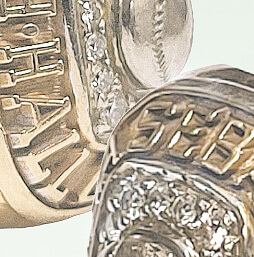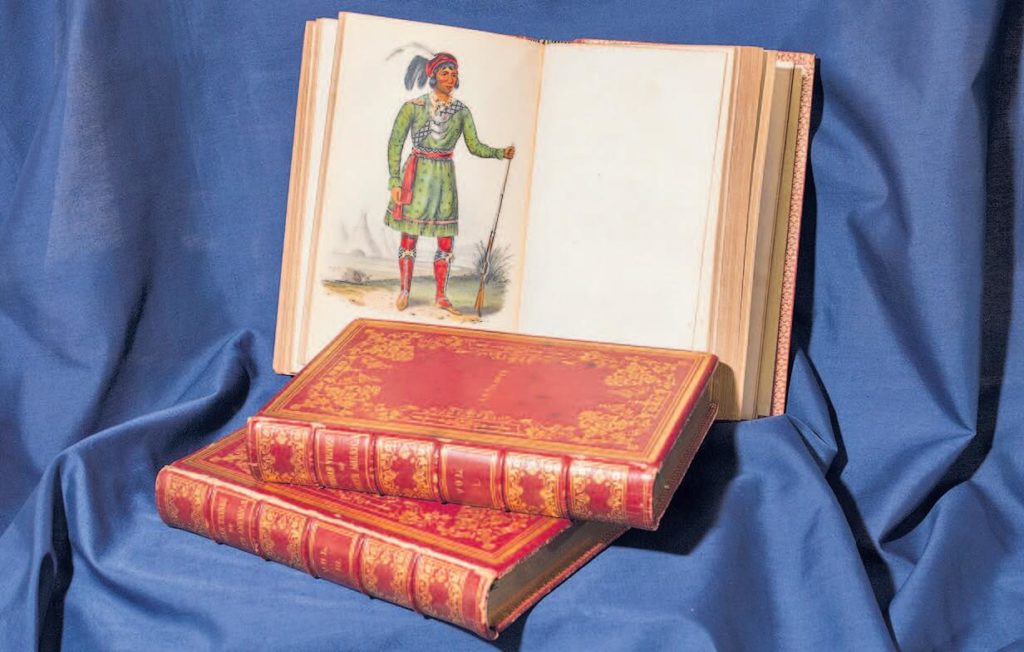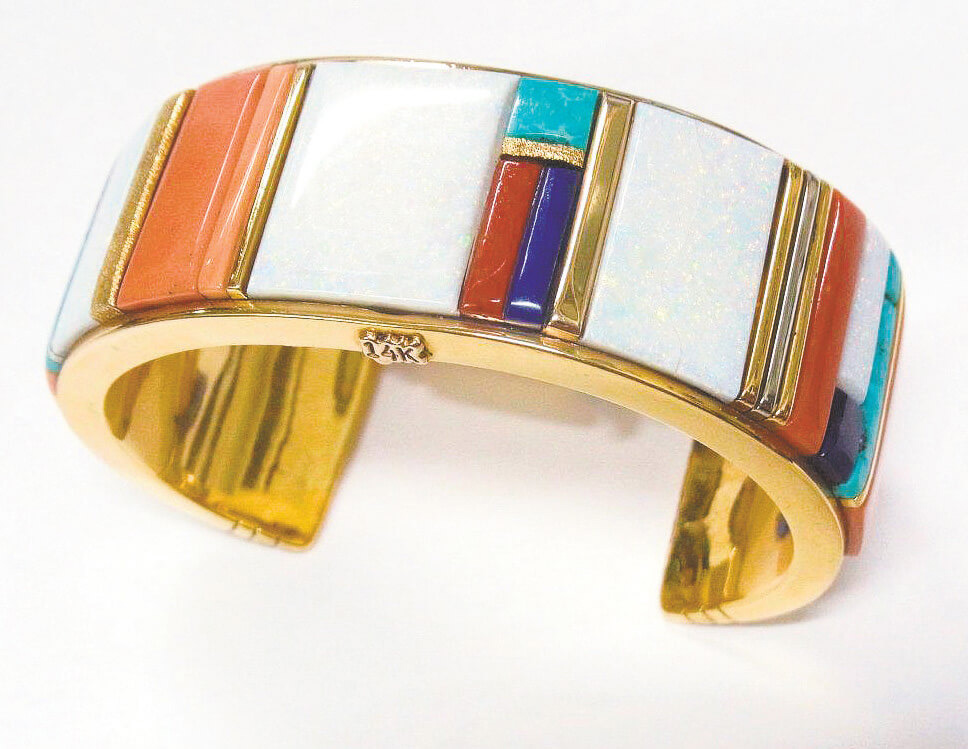Treasure hunting is a national pastime. Miners look for veins of gold or chunks of rare gems. Folks search for buried treasure with their metal detectors, and giant, well-funded ships search for 18th century galleons full of gold coins. Lots of people find treasures, big and small, every day. However, this week, we thought we might shed a little light on those finds that hold little value. First, let’s tackle the most delicate subject of all: the “certificate of authenticity.”
19th Century United States Coins
Many years ago, a certificate of authenticity — when issued by a legitimate third-party expert — held value. The misuse of this phrase has rendered most such certificates as signifiers that the work is worthless. Many dealers cringe when someone says, with certainty, “It has a certificate of authenticity.” Why? Most COAs are simply written in meaningless gobbledegook by the seller and are just a piece of paper tacked to the back of a print.
There are exceptions, but the practice is overused and no widely accepted in the art and collecting world. Barr dollars were saved briefly back in the ’60s, when some writers suggested that Joseph Barr’s tenure as a signer on the front of dollar bills would make these bills valuable in the future.
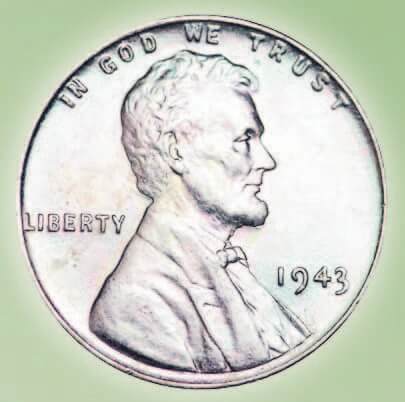
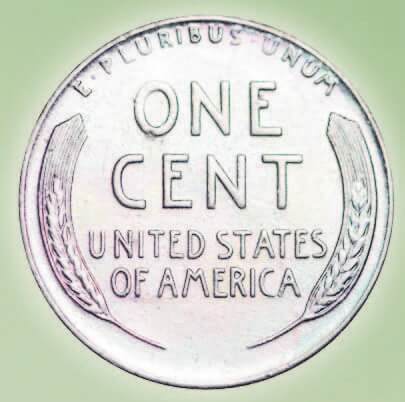
20¢ / 1943 STEEL WAR-TIME PENNY
In reality, approximately half a billion of these notes were issued, and with very few exceptions each dollar is worth … a dollar. Steel war-time pennies. Since they look so odd, people think they have won the lottery when they find one of these, but these steel pennies were minted in the millions to save copper for the war effort of 1943. They could be worth $10 or so if in truly uncirculated condition, but circulated ones bring a dime or two. Great grandma’s sewing machine. Again there are exceptions, like certain models of the Tabitha or fiddle-based Singers that can be worth thousands; but garden-variety antique sewing machines are worth $10 to $50. Bus tokens? Usually not.
Civil War Pennies
Early American and Civil War pennies/tokens can be worth from $2 to thousands, but most bus tokens are worth pennies. (There are exceptions.) War ration stamps. Nope. Again, there are rare exceptions, but 99 percent are junk. Stradivarius violins. No, you likely don’t have a Strad; around 1,100 were made and only a few hundred survived.
The one you have with the paper label is not a Strad. Hundreds of thousands were made with Strad labels in the late 1800s to early 1900s, but were just Strad models and not made by the master himself centuries ago. By the way, for violins that are more valuable, in the $200 to $5,000 range, look for super condition, terrific sound, a two-piece neck and superior purfling. (And some old labels are indeed genuine. Get a flashlight and peer inside.)
This is an archival article formerly written and is for informational purposes only. The valuations in this article have likely changed since it was first written.

